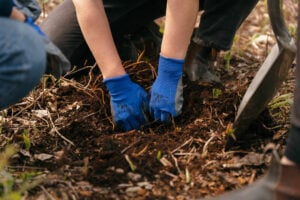Photos of Canada often show the Great Lakes, expanses of wetlands and scenic rivers. The country is described as a water-rich nation, and it is, with seven per cent of the world’s renewable freshwater supply. However, freshwater sources are far from endless.
Many of Canada’s 25 watersheds are under threat from pollution, habitat degradation, water overuse and invasive species. For example, more than half of Canada’s population lives within the Great Lakes watershed, Ottawa basin and St. Lawrence basin, which face multiple threats that degrade water quality and undermine the ability of freshwater ecosystems to keep functioning.
The story of the Great Lakes watershed is not unique in Canada. Ten additional watersheds, from the Winnipeg to the Fraser-Lower Mainland watershed, face high or very high levels of threats. The water quality in more than half of Canada’s 167 sub-watersheds (smaller freshwater systems that drain into a specific watershed) score poor or fair.
In Canada, these watersheds are vast and often inaccessible, making it difficult to monitor the health of these ecosystems. But with the help of a new tool, scientists and community members are collecting data to better understand the state of Canada’s rivers.
Data deficiencies
Rivers are full of all kinds of small creatures that are highly sensitive to environmental threats. The worms, fly larvae and snails — collectively called macroinvertebrates — that live in the sediment at the bottom of a river (the “benthos”) can serve as biological monitors for water quality. The presence of biological monitor species that are less tolerant of poor water quality is suggestive of a healthy river.
But it can be challenging to sample and identify these macroinvertebrates. Even when there is some data on them, the quality of the data may not be good enough to determine the health of the watershed. To date, 64 per cent of sub-watersheds in Canada lack data on these species.







